 When building your future new home or selling newly built houses always consider certifying is to the Energy Stars standards. Energy Star is a U.S Environmental Protection Agency (EPA) voluntary program that helps raise the design and construction standards above most homes on the market. The energy efficiency savings can be of upwards of 30{2e537dc160f52cffa61474df167a5f85f9d18261513837a380b0d37216fb9262} when compared to a typical US new home. The Energy Star certification process earns the homeowner and/or builder quality assurance through initial computer based modeling of the proposed design, numerous on-site inspections, testing of air leakage together with all the HAVC and ventilation components, and finally verification of the strict Energy Star Program requirements. The Energy Star Label and Certificate assures better quality, durability, and marketability as well as, most of all, comfort to the future homeowners.
When building your future new home or selling newly built houses always consider certifying is to the Energy Stars standards. Energy Star is a U.S Environmental Protection Agency (EPA) voluntary program that helps raise the design and construction standards above most homes on the market. The energy efficiency savings can be of upwards of 30{2e537dc160f52cffa61474df167a5f85f9d18261513837a380b0d37216fb9262} when compared to a typical US new home. The Energy Star certification process earns the homeowner and/or builder quality assurance through initial computer based modeling of the proposed design, numerous on-site inspections, testing of air leakage together with all the HAVC and ventilation components, and finally verification of the strict Energy Star Program requirements. The Energy Star Label and Certificate assures better quality, durability, and marketability as well as, most of all, comfort to the future homeowners.
The final certifications on the above mentioned homes are as follows… The large home was built in town, 3600 SF, and 4 bed rooms. The HERS index score was 59 which makes it 41{2e537dc160f52cffa61474df167a5f85f9d18261513837a380b0d37216fb9262} more energy efficient than your average, code built, similar sized home. The air leakage was equivalent to 1.03 sq. in. per 100 sf of the shell area which is 2 – 3(+) times better than un-sealed house. The projected monthly cost of operating / living in this (fairly large) home is $190.75 with annual savings (compared to an average on the market home) of $ 2,055. The second house was built in Northwest rural Arkansas, 1300 SF, 3 bed room size. It scored a HERS of 73 thus being 27{2e537dc160f52cffa61474df167a5f85f9d18261513837a380b0d37216fb9262} more efficient. Air leakage equaled to 0.84 sq. in. per 100 sf of the whole building envelope, even tighter than the large one. The monthly energy usage was projected $104.40 and the annual savings to be right at $ 700.
Two recently Energy Star Certified projects included a high-end large residence and low-income moderately-sized home. Both projects went through the whole process of a rated new-construction house, four different Energy Star Checklists, and all the necessary HVAC documentation for well-designed and well-built homes. A typical rating is the first step of building an Energy Star home which takes the builder / homeowner through a process of identifying all proposed insulation values, window specs, and initial HVAC system sizing. Prior to start of construction is ideal for analyzing the numerous building components and figuring out the best energy saving features and/or upgrades. The rating continues on with 2 or more site inspections, correcting any issues, and final testing and verification through a third party rater which also offers objective quality assurance. The Energy Star checklists are the guides for the rater, the builder, and the HAVC contractor to follow and meet the programs standards. The heating and cooling home system(s) play a major part in this process. Just as important is the building envelope, by being tight and well insulated, a quality designed HVAC system is a must. That’s where the strict requirements come into the building process and each Energy Star home must have the heating and cooling load calculation, final balancing report, whole-house fresh-air ventilation documentation, and equipment efficiency certifications. Manual-J and manual-D, duct sizing, are a part of the HVAC design where most building code officials never ask for. The end product is comfort and lower energy usage.
With those kinds of expenses and savings the new homeowner should be easy on their pocketbooks and more importantly, more comfortable living in the home. Energy Star Program is structured around a whole house approach where each new construction residential home can be designed, built, and verified to meet each project budget. Again, the final outcome of an Energy Star Certified home is quality, durability and comfort for the future occupants / homeowners plus the marketability of the Energy Star Label.
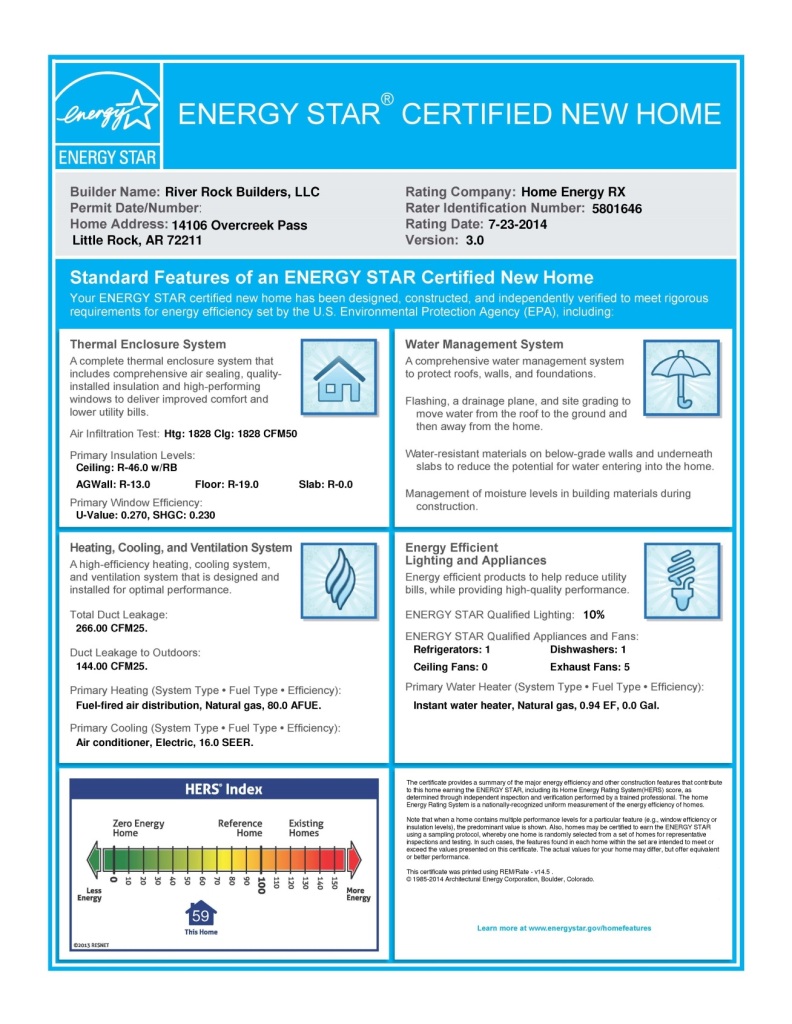

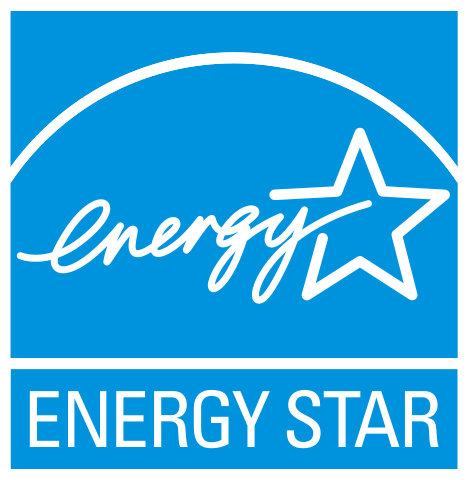

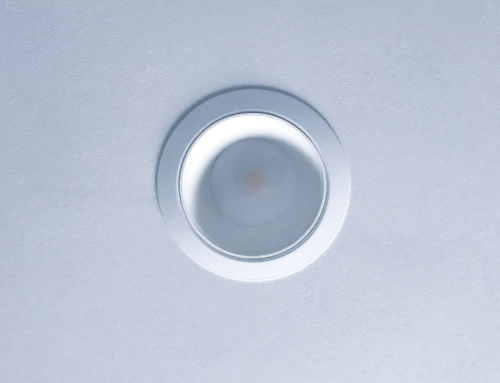
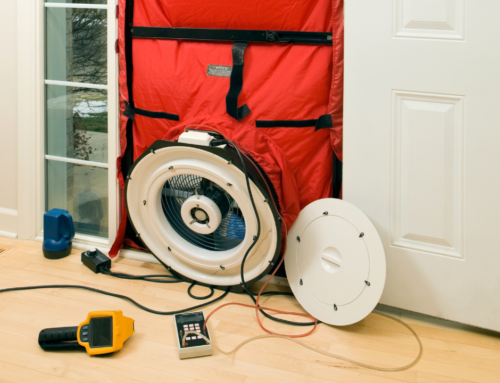

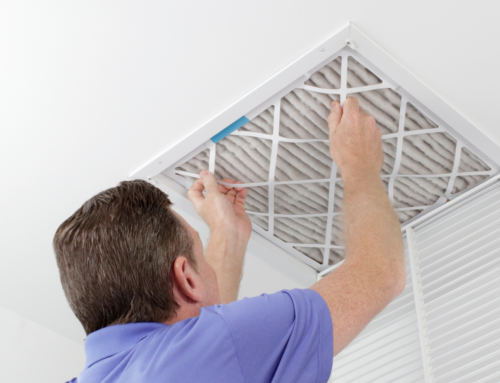
Leave A Comment